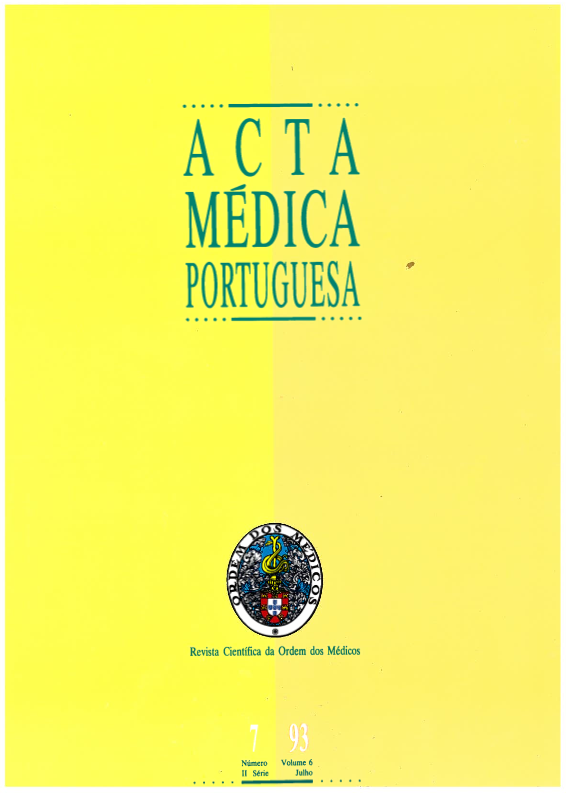Extracorporeal shockwave lithotripsy in the treatment of gallbladder lithiasis. The first 109 patients.
DOI:
https://doi.org/10.20344/amp.3109Abstract
The AA report their 15-month experience with extracorporeal shock-wave lithotripsy (ESWL) in the treatment of gallbladder stones (GS). The selection criteria included symptomatic patients, with 1 to 3 radiolucent stones in a functioning gallbladder. All patients were put on adjuvant therapy with 10 mg/Kg weight/day of ursodeoxycholic acid (ursodiol). ESWL sessions were performed in an ambulatory setting, using high-energy shock-waves (mean: 23 Kv) until fragments < or = 4mm were obtained, if possible. By the end of December 1992, 109 patients had completed the ESWL protocol, undergoing a total of 265 sessions (mean: 2.4 sessions per patient, variation 1-5). The stone-free (SF) rates and respective 95% confidence intervals were 31% (22%-43%) at 6 months and 59% (38%-76%) at 1 year of follow-up. For the subset of patients with a single stone < or = 2 cm (n = 59), were 47% (33%-63%) at 6 months and 77% (40%-95%) at 1 year. The most significant complication was acute biliary pancreatitis, of which we report 4 cases (4%). They were always mild and non-complicated. There was no mortality. The AA conclude that ESWL is a safe and effective treatment for selected patients with GS.Downloads
Downloads
How to Cite
Issue
Section
License
All the articles published in the AMP are open access and comply with the requirements of funding agencies or academic institutions. The AMP is governed by the terms of the Creative Commons ‘Attribution – Non-Commercial Use - (CC-BY-NC)’ license, regarding the use by third parties.
It is the author’s responsibility to obtain approval for the reproduction of figures, tables, etc. from other publications.
Upon acceptance of an article for publication, the authors will be asked to complete the ICMJE “Copyright Liability and Copyright Sharing Statement “(http://www.actamedicaportuguesa.com/info/AMP-NormasPublicacao.pdf) and the “Declaration of Potential Conflicts of Interest” (http:// www.icmje.org/conflicts-of-interest). An e-mail will be sent to the corresponding author to acknowledge receipt of the manuscript.
After publication, the authors are authorised to make their articles available in repositories of their institutions of origin, as long as they always mention where they were published and according to the Creative Commons license.









